Overtraining can sneak up on even the most disciplined athletes, leaving you feeling drained, sore, and mentally exhausted. Understanding how to recover from overtraining is essential not only for your physical health but also for long-term performance and enjoyment of your fitness journey.
What Is Overtraining?
Overtraining occurs when you train beyond your body’s ability to recover, leading to decreased performance, chronic fatigue, irritability, and increased risk of injury. Unlike regular soreness, overtraining persists despite rest days and can impact your mood, sleep, and motivation.
Signs You Might Be Overtraining
-
Persistent muscle soreness
-
Trouble sleeping
-
Irritability or mood swings
-
Decreased performance despite intense effort
-
Elevated resting heart rate
-
Frequent illnesses or slow recovery from minor injuries
Recognizing these signs early is crucial in preventing overtraining syndrome, which can take weeks or even months to fully resolve.
How Long Does It Take to Recover from Overtraining?
Recovery time from overtraining depends on the severity of your symptoms and how quickly you address the issue. Mild cases may resolve within a few days to two weeks with proper rest and nutrition. More severe cases of overtraining syndrome may require several weeks to months of reduced training volume and lifestyle adjustments.
The Only Way to Recover from Overtraining
While supplements, massages, and ice baths may help with minor soreness, rest is the only non-negotiable way to recover from true overtraining. This means taking a complete break or significantly reducing your training intensity and volume to allow your nervous system, hormones, and muscles to rebalance.
How to Recover from Overtraining Fast
While there’s no instant fix, you can speed up your recovery by:
-
Prioritizing sleep: Aim for 8–9 hours per night to support hormone balance and tissue repair.
-
Eating nutrient-dense foods: Focus on whole foods with sufficient protein, healthy fats, and complex carbs to replenish energy stores.
-
Hydration: Dehydration can worsen fatigue and recovery times.
-
Active recovery: Gentle walking, stretching, or yoga can promote blood flow without adding stress.
-
Mindfulness practices: Meditation or deep breathing can help manage stress, which is often elevated during overtraining.
The Best Remedy for Overtraining Is Prevention
The best remedy for overtraining is to prevent it in the first place by listening to your body and incorporating planned recovery into your routine. Schedule deload weeks, vary your workouts, and prioritize recovery strategies as much as your training itself.
How to Fix Overtraining and Get Back on Track
If you find yourself overtrained, follow these steps:
-
Take a full rest period. Don’t fear losing progress; this step is necessary to heal.
-
Reintroduce movement slowly. Start with light activities and gradually increase intensity based on how your body responds.
-
Review your training program. Look for excessive volume, lack of rest days, or insufficient nutrition that may have contributed to overtraining.
-
Seek professional guidance if your symptoms persist or worsen.
Recovery from Overtraining Syndrome
Overtraining syndrome is a prolonged state of fatigue and underperformance that requires careful management. Recovery involves:
-
Prolonged rest and gradual reintroduction of exercise
-
Medical evaluation to rule out other causes
-
Lifestyle changes to address stress and nutrition
-
Patience and consistent monitoring of your physical and mental state
Personal Experience: Learning the Hard Way
Years ago, while preparing for a competitive event, I ignored signs of fatigue, believing that “more is better.” My performance plummeted, and simple tasks left me exhausted. It took me six weeks of rest, walking, and light stretching before I felt ready to train again. That period taught me the importance of listening to my body, tracking recovery, and respecting the role of rest in growth. Now, I treat recovery with the same dedication as training, which has led to better long-term results and fewer injuries.
Final Thoughts
Overtraining doesn’t have to derail your progress permanently. Recognize the signs, respect the recovery process, and adjust your training and lifestyle to support your body’s needs. With the right approach, you can return to your workouts stronger, more resilient, and with a deeper understanding of how to balance performance and recovery for a sustainable fitness journey.




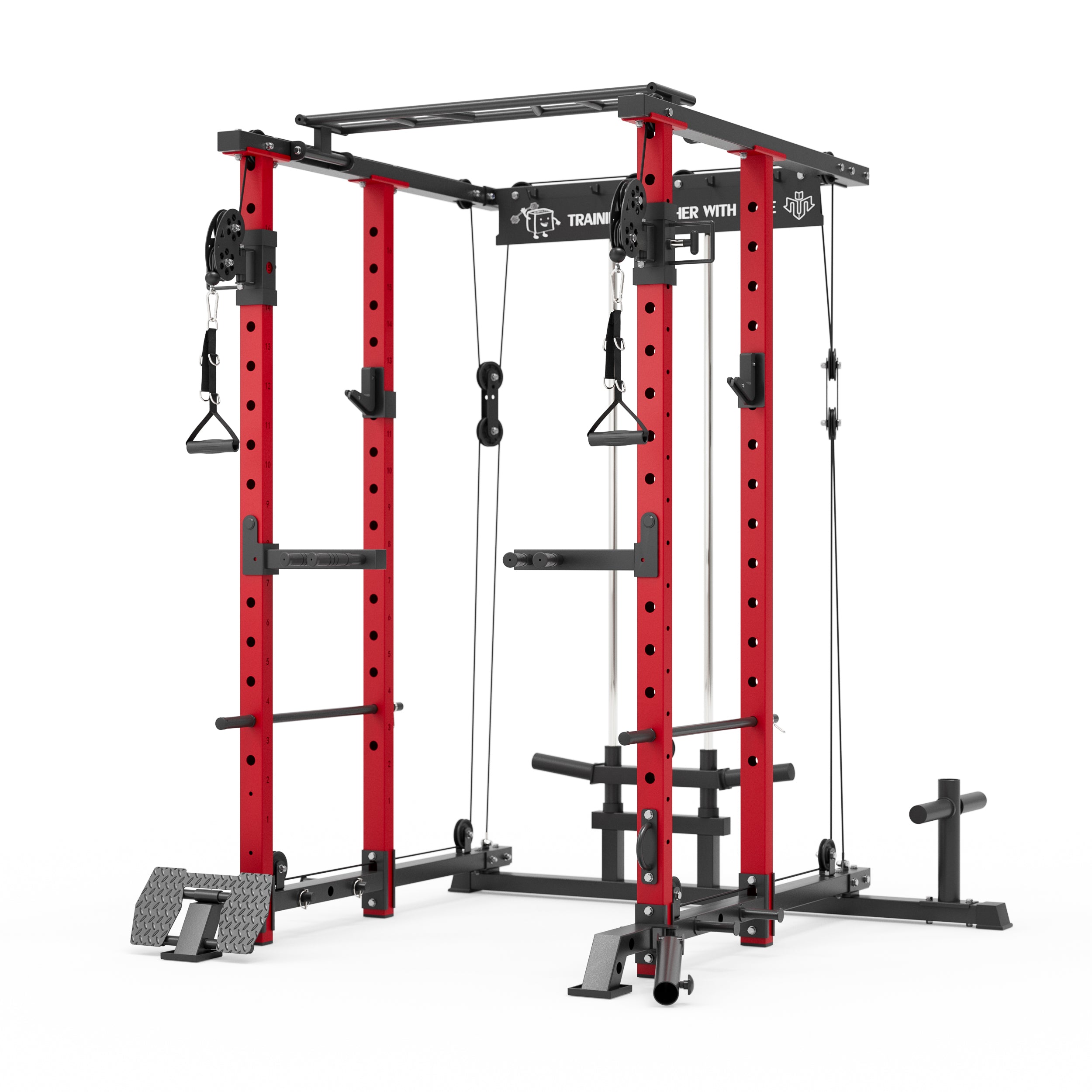


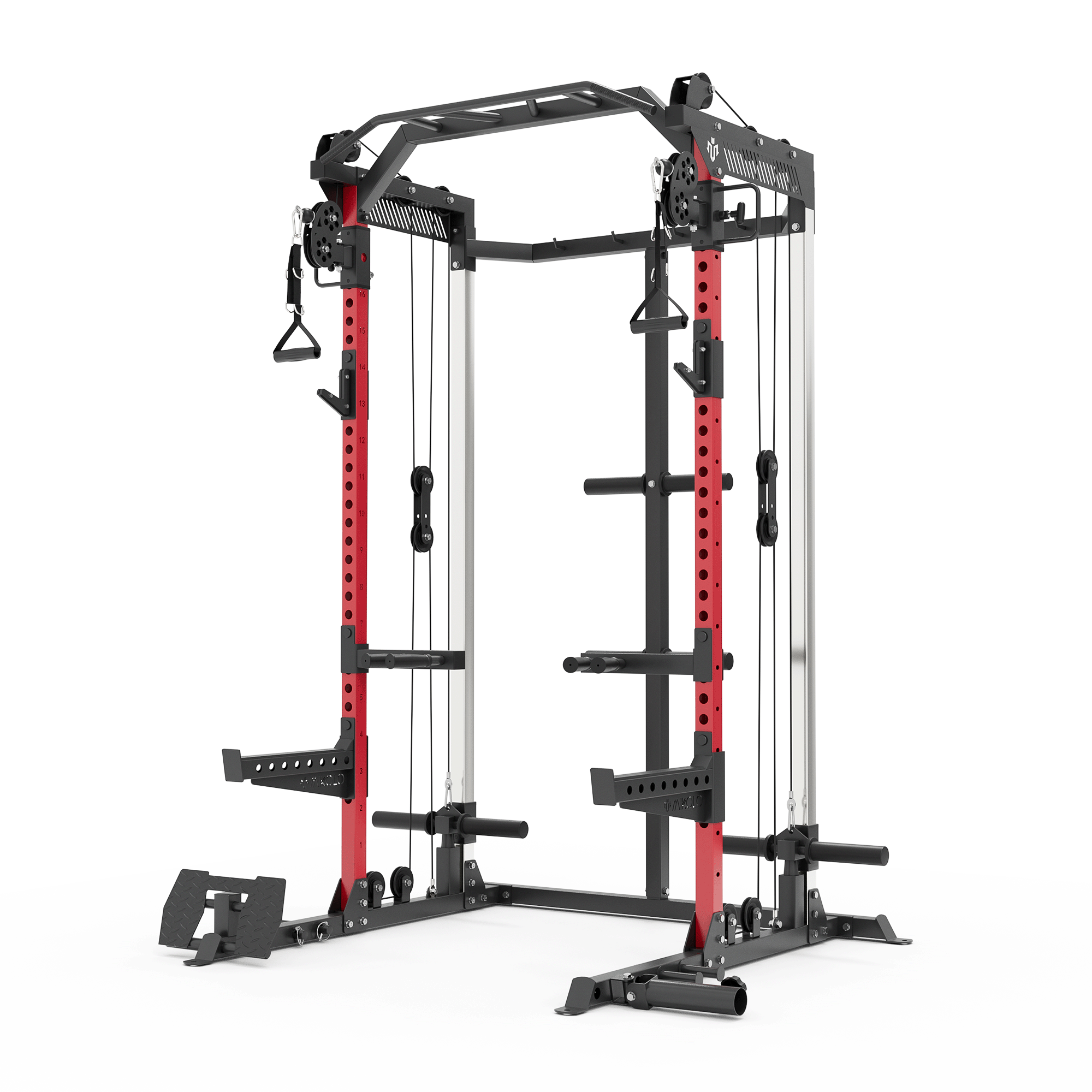



















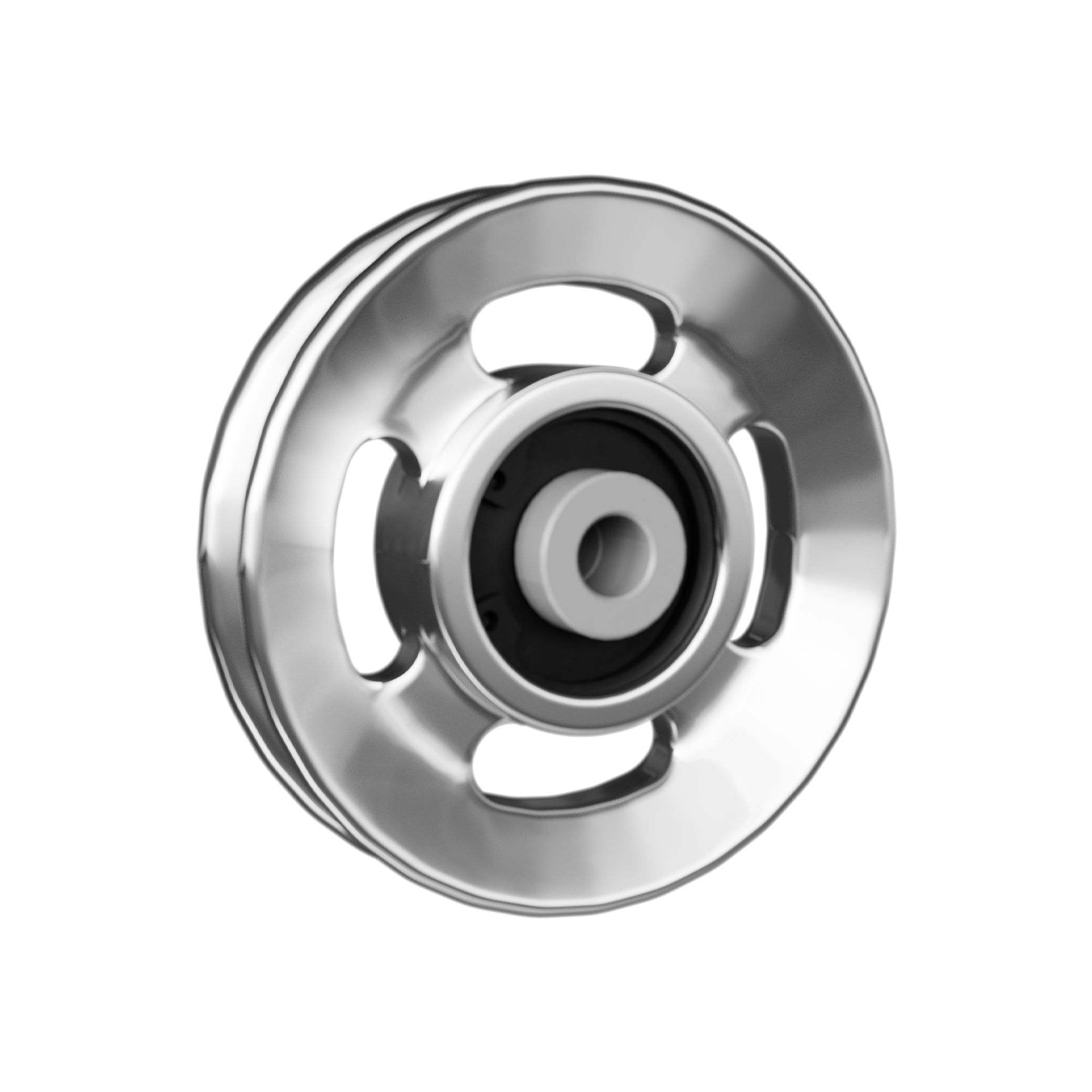













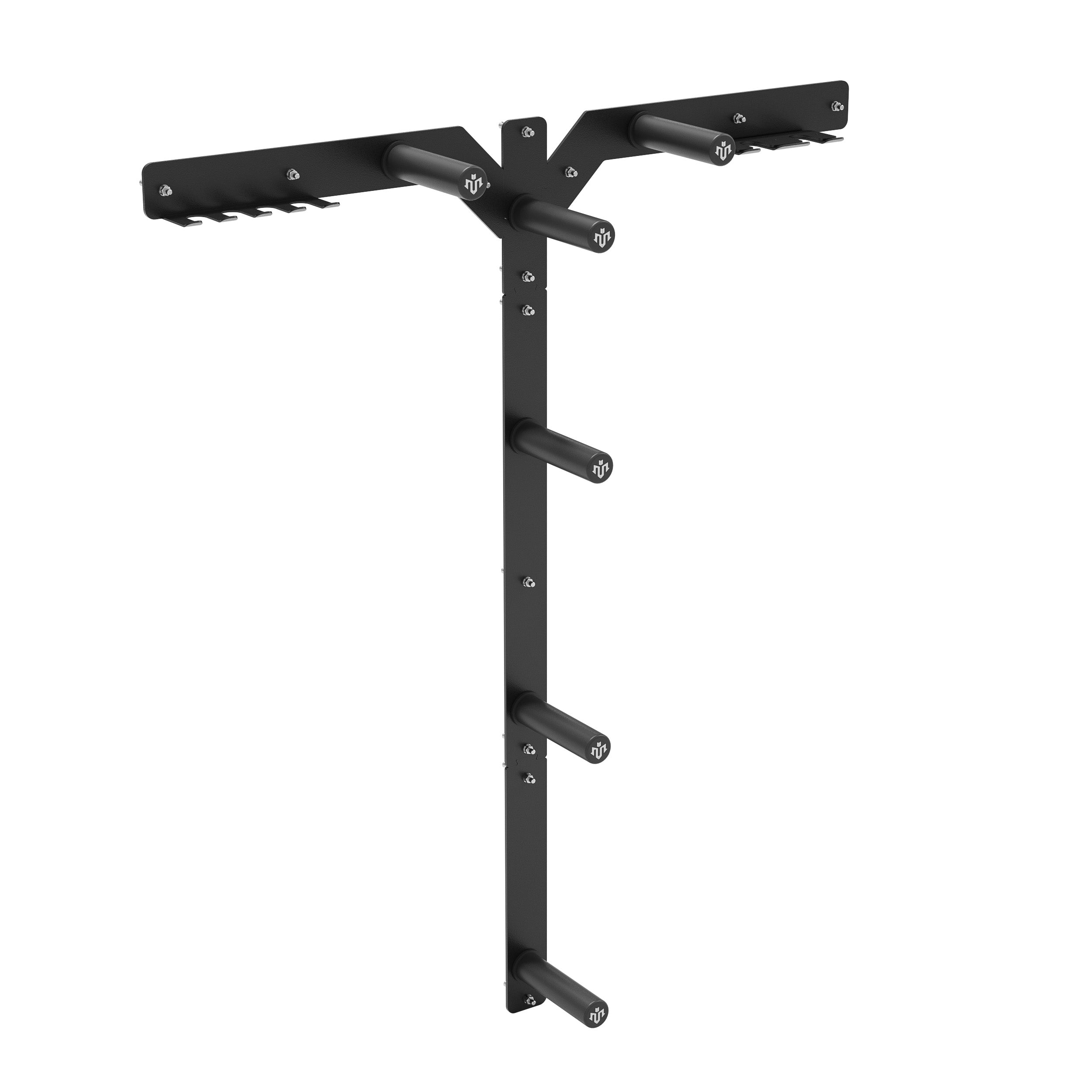





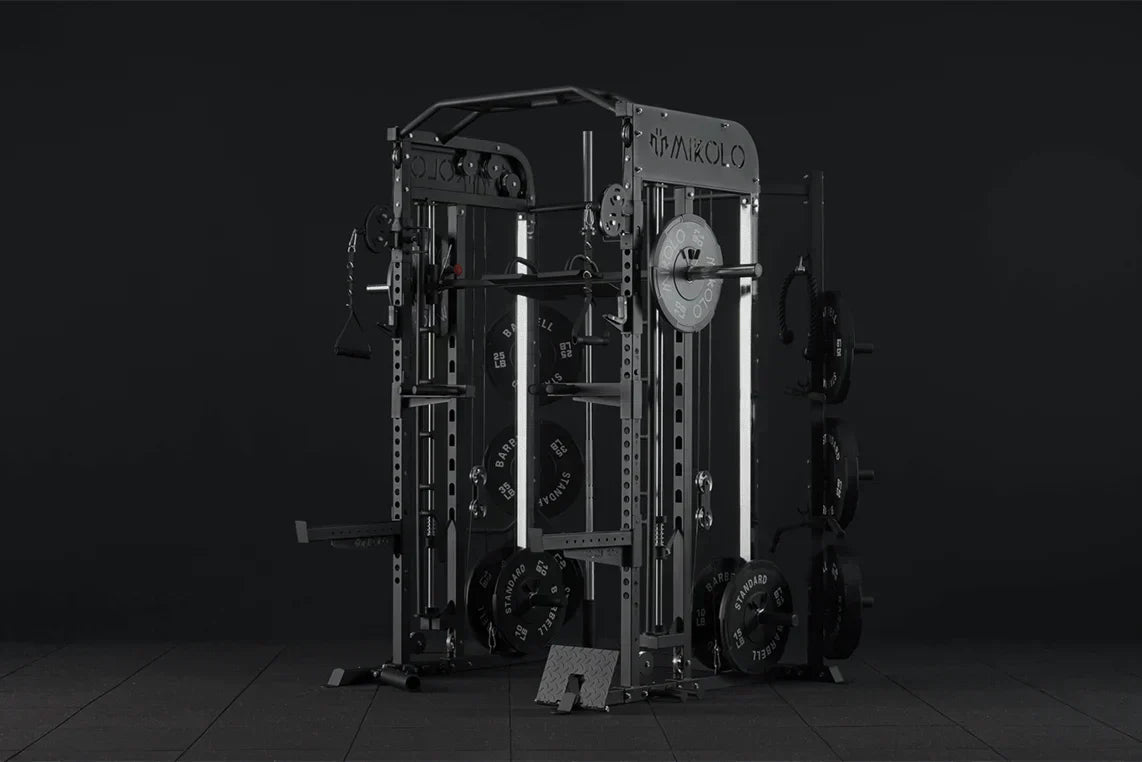
Leave a comment
This site is protected by hCaptcha and the hCaptcha Privacy Policy and Terms of Service apply.